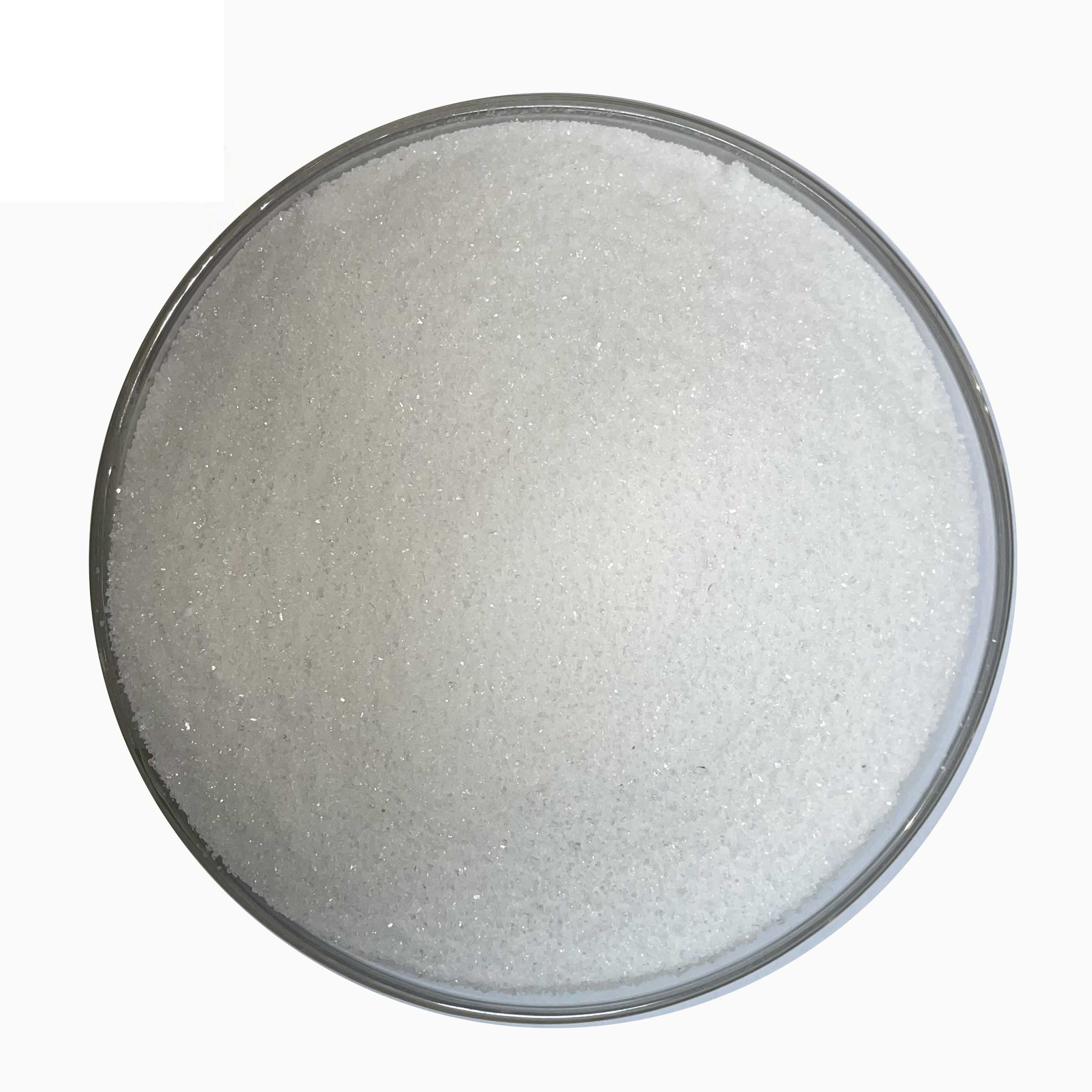
Mar . 09, 2024 17:51 Back to list
Spraying method of Monopotassium Phosphate MKP 0-52-34
Monopotassium Phosphate MKP is an excellent extra-root topdressing fertilizer. It is a high-concentration, high-quality, chlorine-free phosphorus potassium fertilizer with extremely low salt value and high nutrient content (99% high-purity potassium dihydrogen phosphate has a nutrient content: phosphorus pentoxide 52% , Potassium oxide 34%), potassium dihydrogen phosphate is suitable for use on a variety of crops. It not only promotes fruit expansion, color change, and crop metabolism, but also improves crop rooting, frost resistance, and stress resistance.
The use of Monopotassium Phosphate MKP has been very common. Although it is an acid fertilizer, dihydrogen phosphate and potassium ions can be absorbed separately, so it is a physiologically neutral fertilizer. High-quality potassium dihydrogen phosphate also has good water solubility at room temperature. At 20°C, 100 grams of water can dissolve 22.6 grams, and its nutrient content is P2O5: 52%, K2O: 34%, and the utilization rate is more than 90%. It is used as the first choice for foliar potassium fertilizer.
1. Generally, foliar spraying is the main method
The spraying concentration is 0.3-0.5%, spraying 2-3 times with an interval of 5-7 days. Rice and wheat and other gramineous crops can be used at a certain high concentration, but when using super-high concentration of Monopotassium Phosphate, it is especially necessary to avoid high temperature time. Generally, high concentration is not recommended for use in high-temperature seasons. Gramineous crops For example, wheat and rice can be sprayed with 100 grams of water and 15 kilograms of water. The concentration of potassium dihydrogen phosphate sprayed on other crops should be cautious. Generally, higher concentration is not recommended.
2. The best time to spray
Choose to spray in the critical period or peak period of the absorption of phosphorus and potassium by the crops, the effect is the best. Better results can be achieved than if the tree is in the flower bud differentiation period and the young fruit to the coloring period. , Reduce pests and diseases.
3. Spraying method
When spraying, spray on the back of the leaves, especially the leaves near the fruit. It is advisable to spray evenly without dripping.
4. Mixing situation
Monopotassium Phosphate can not only be mixed with boron fertilizer (boric acid, sodium octaborate tetrahydrate), molybdenum fertilizer (ammonium molybdate), but also with chelated medium and trace element fertilizers. At the same time, it can be mixed with most acidic, neutral bactericidal pesticides and other pesticides, which can play a synergistic effect.
-
Organic 10-10-10 Fertilizer: Balanced NPK for Healthy Plants
NewsAug.27,2025
-
10 10 10 Organic Fertilizer: Balanced NPK for Healthy Plants
NewsAug.26,2025
-
Organic 10-10-10 Fertilizer: Balanced NPK for Healthy Plants
NewsAug.25,2025
-
Premium 15-30-15 Granular Fertilizer for Vigorous Growth
NewsAug.24,2025
-
Organic Amino Acid Fertilizer for Plants | Boost Growth & Yield
NewsAug.23,2025
-
Calcium Ammonium Nitrate (CAN) White Granular Agriculture Fertilizer
NewsAug.22,2025

